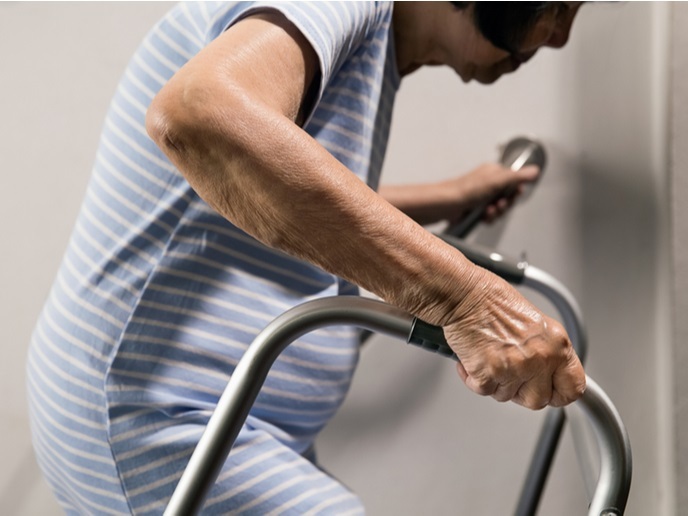New system helps predict and prevent frailty
Elderly people often need considerable medical care, and of a particularly expensive kind. With this group’s increasing proportion in society, the rising costs of their care may soon become unaffordable. In particular, elderly people are prone to developing frailty. This means a progressive physical weakening, which increases vulnerability to disease, combined with similar mental decline. Frailty is to some extent preventable, although current methods of assessment do not factor in warning signs and are relatively poor at identifying at-risk patients. Furthermore, the diagnostic criteria are focused on physical condition, and ignore non physical aspects. This remains true, despite evidence(opens in new window) that cognitive and physical frailties strongly interact.
Identifying risk factors
Researchers at the EU-funded my AHA(opens in new window) project believe that prevention is better than treatment and that the identification of at risk patients could be improved. The project developed an improved methodology for detecting risk, which yielded a new cumulative frailty index. The assessment methodology combines common fitness monitoring devices with ICT tools developed by my AHA. The system provides personalised assessment and intervention strategies to support active and independent living among the elderly. Users are equipped with a wristband monitor which connects to a smartphone running several popular fitness apps. “Through the wristband, and patients’ interaction with the apps,” explains Dr Alessandro Vercelli, project coordinator, “the system collects and integrates an enormous amount of data on the different domains of frailty.” These include physical and cognitive factors, plus psychological markers of depression, nutritional factors and a patient’s social connectivity. The main part of the system is the middleware, developed by my AHA. It integrates information from various existing and future platforms. Using the software, researchers developed and tested new models that predict risk of developing frailty. Thus, the team devised a much improved cumulative frailty index. This has been validated in a major study involving more than 200 participants, selected from more than 4 600 candidates from seven EU countries, plus Japan and Australia. “Our results will soon be published in international peer-reviewed journals,” adds Vercelli. “We cannot disclose the data before publication.” However, he confirmed that the system works and can support independent living in the elderly.
Personalised recommendations
Based on the new index, the system recommends various personalised interventions. These may include changes to nutrition, sleep patterns, physical and cognitive activity, or social interaction. The team devoted considerable attention to ways of sustaining patient motivation and adherence, and on helping users follow the system’s recommendations. The team will be working with key stakeholders, including healthcare authorities, non governmental organisations and businesses, to demonstrate the effectiveness of my AHA system in supporting the elderly. It decreases the need for hospitalisation and care homes, while also delaying the onset of frailty. This helps to foster well being and quality of life for senior citizens, while saving billions in healthcare costs. Researchers will also be adapting the system to other situations. For example, the system could prove beneficial in monitoring and supporting patient recovery following various setbacks and diseases.







